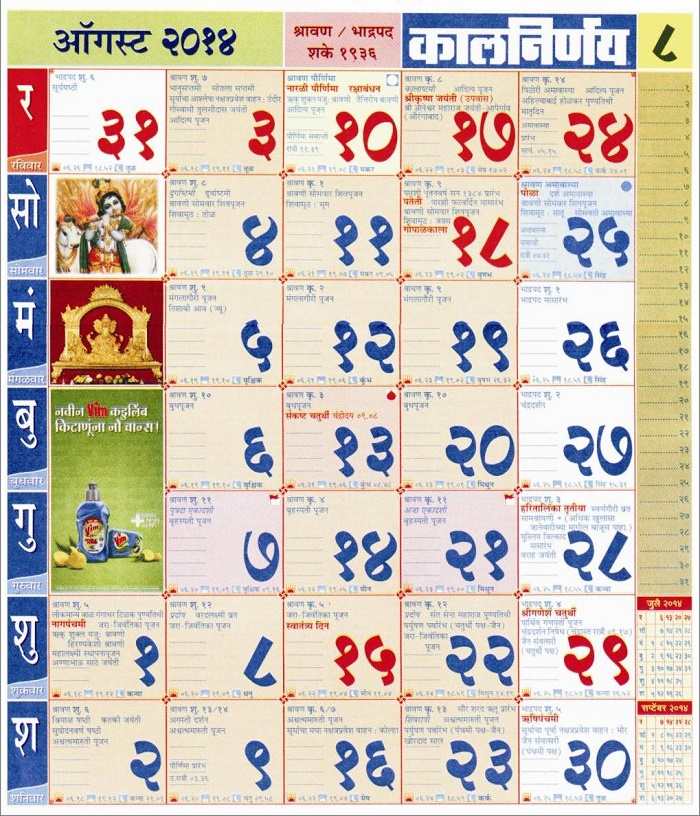Name: Saka Calender
Introduced in: 79 CE
Adopted in: 1957
Starts on: March 22
Number of days: 365
Number of months: 12
Basis of Calender: Luni-solar
Perused by: Gazette of India, All India Radio News Broadcast, Government of India

National Calendar of a country is designated with deference to the cultural impact that the calendar or its system represents. It almost always is tied in with the country’s history and reminds of a certain golden period therein. The national calendar of India is based on the Saka Calendar which has been adopted as the official civil calendar besides the Gregorian calendar.
Background
The Saka era is believed to have been founded by King Shalivahana of the Shatavahana dynasty. The fact that the Saka era marks the commemoration of King Shalivahana’s major military victories has been based on popular legends but hardly has any historical fact. The historical consensus is that it began at the 78th year of the Common Era. Earliest evidence of association between Shalivahana and the Saka era was substantiated by the 1222 CE kannada work Udbhatakavya by Somaraja. Works like the Muhurta-Martanda suggests that the beginning of Saka Era is calculated from the birth of Shalivahana, while the Kalpa Pradipa written in 1300 CE suggests that it marks the victory of Shalivahana over Vikramaditya.
Structure
The Saka Calender is based on luni-solar reckoning of time. The calendar consists of 365 days and 12 months like the normal Gregorian calendar. Chaitra is the first month of the year beginning on March 22 which is the day after the Spring Equinox. During leap years, the starting day of Chaitra corresponds with March 21.
The names of the months in Saka Calendar are:
• Chhaitra (March 21 – April 20)
• Vaishakha (April 21-May 21)
• Jyeshtha (May 22-June 21)
• Ashadha (June 22- July 22)
• Shravana (July 23-August 22)
• Bhaadra (August 22-September 22)
• Ashwin (September 23-October 22)
• Kartika (October 23-November 21)
• Agrahayana (November 22-December 21)
• Pausha (December 22-January 20)
• Magha (January 21- February 19) and
• Phalguna (February 20-March 20/21)
The month of Chaitra has generally 30 days but there are 31 days during leap years. The months of Vaish?kha, Jy?shtha, ?sh?dha, Shr?vana, Bhaadra, have 31 days while the rest have 30 days. This is done by taking into account the ellipticity of earth’s orbit around the sun. To convert years in AD to Saka years, 78 must be subtracted for a date till December 31 and 79 for dates later to that.
Adoption as National Calendar
The Calendar Reform Committee introduced the Saka Calendar in 1957 as part of the Indian Ephemeris and Nautical Almanac. The Calendar Reform Committee was headed by renowned astrophysicist Dr. Meghnad Saha, and under his leadership the committee sought to designate a nationally accepted accurate calendar for use in government offices. The need for a unifying calendar was expressed by Pandit Jawaharlal Nehru, the first Prime Minister of India, “They (different calendars) represent past political divisions in the country…. Now that we have attained Independence, it is obviously desirable that there should be certain uniformity in the calendar for our civic, social, and other purposes, and this should be done on a scientific approach to this problem.” The criteria for such a calendar was outlined to be free from any religious and regional conflict, easily relatable and fit to be adopted as the national calendar. The committee examined a large number of calendaring systems prevalent in different parts of the country and came up with the Saka Calender to be appropriated as the best candidate for national calendar. Official usage of the Saka Calendar was mandated to start from March 22, 1957 or Chaitra 1, 1879 in terms of the Saka Era or Sakabda.
Significance
The Saka Calendar bears a deep connect with the history of India. Its creation and usage is steeped in the Golden era of the Maurya and Gupta rule. The adoption of the Saka Calendar as the National Calendar of India is a tribute to the advanced intellectual capabilities of the old time. The Saka Calendar is recognized beyond Indian borders, in countries where the influence of Indian culture is prominent. It is used by the Hindus of prominent South East Asian countries like Java, Bali and Indonesia. Bali celebrated Nyepi, translated as the Day of Silence, on March 22 or Saka New Year. Nepal’s accepted calendar, Nepal Samvat is clearly an evolution of the Saka Calender.
Although it is deemed as national calendar, the Saka Calendar is seldom used outside of very formal Government of India documents. Its most noted use is in the Gazette of India, alongside the commonly used Gregorian calendar. All India Radio Broadcasts follow the Saka Calendar and time. Other official Government of India Calendars, timetables, documents and communications refers to the Saka Calendar dates.



